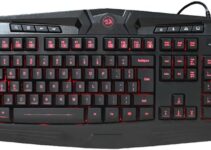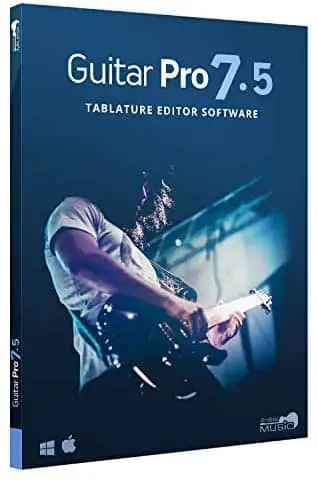
For most guitarists, sticking a trusty SM57 in front of a speaker cabinet is the go-to for amp recording, but it’s fair to say confining yourself to just that method can leave your recordings feeling a little sterile.
However, there are some really simple solutions to make your guitar recordings explode. Some of the very best ways to add excitement, dynamism and girth to your tone is to introduce an extra microphone or two – and not just in front of the speaker cone.
With amp emulation and impulse responses at many players’ fingertips, it’s tempting to simply do all your work in the box, but whilst the technology is getting better and better, nothing beats the real thing. With endless adjustability, both minuscule and massive, you can wildly impact your recording, tweaking to your exact desires and making the very most out of your gear arsenal.
Here are five different ways to record your guitar amp to complement, enhance and, at times, completely change your recording.
As with all recording techniques, this isn’t an exact science that will fit all circumstances. Your room, amp and microphones can dramatically vary the results of these techniques, but experimentation breeds the most exciting sounds, and these are great places to start.
1. Put a microphone in front of the wall

Rather than facing your microphone at the speaker cone, why not try facing it at a wall in front of the amp? You can try this with any microphone, but a wide diaphragm condenser is a great shout to capture a wide frequency range and the nuances in your room’s reflections – particularly if blending with a direct, dynamic microphone.
Bring the mic closer to the wall to get a snappy ambience, or try moving it closer to the ground to pick up some of the low-end, room beef. Try in different rooms and see how the reflections vary – brick walls are particularly fun.
2. Bring a small amplifier to complement your main rig

This one won’t be so mystifying, as dual-amp recording is something many recording-savvy players have tried, but it’s a particularly great idea to introduce a smaller amp into the recording – and it doesn’t have to be anything pristine!
Many players still have old practice amps laying around somewhere, with a puny 8” speaker and distortion that sounds like an angry pack of wasps. On its own, that tone may sound unusable, but you’d be surprised how well it works when mixed in with your primary amplifier, adding plenty of presence and bite.
For those who may be looking to get hold of a specific smaller amp to add to their setup, give the Pignose 7-100 a go. It’s a studio must-have!
3. Place a small amp on its back facing the ceiling

For those who may not have a larger amp, a trick allegedly pioneered on Frank Zappa’s Inca Roads was to use the aforementioned Pignose amplifier on its back facing upwards with a microphone dangling several feet above.
The proximity of the small 6” speaker in the Pignose to the ground created bags of additional bass, making a diddy amp sound like something far larger. You’re not limited to just the Pignose with this technique; try with a small amp you may have hanging around.
Warning! Try this with your precious tube amps at your own risk! Those temperamental beasts don’t like being moved at the best of times, let alone being laid down, so sticking to solid-state may be best in this instance.
4. Ditch the amp, go straight into the desk

A well-known endorser of using just the studio console’s preamp for guitar recording is Nile Rodgers. Utilising the preamp can give crystal-clear, spanky tones that can be surprisingly difficult to replicate with an amplifier. Adding just the right amount of EQ and a healthy amount of compression can quickly give you that classic funk sound.
Bear in mind that you can expect wildly different results depending on the preamp – Rodgers was famous for using the Neve 31102 mic preamp/EQ – but it’s always great to have a direct recording as an option to either blend with an amp recording, or for re-amping purposes.
5. Record the back of the speaker cone

One for open-back cabinet fans. Add an additional microphone into the mix by recording the back of your speaker. You may expect this to add nothing but low-end – and that is certainly one attribute you can expect with this method – but you may be surprised at how much clarity can be picked up from the rear. When balanced carefully with the microphone in front of the amplifier, you can fill out the sound and deliver the lush, full tone that is often so hard to capture in the room.
Alternatively, if you have a PZM microphone hanging around – you can pick them up relatively cheaply if you don’t and they’re an endlessly handy tool – chuck that in the back of the amp and unearth a heap of low-mids that will be an awesome addition to any guitar recording.
Do beware of phase issues with these methods, however. You will need to flip the phase on a microphone behind the speaker cone – otherwise, as you blend it in with any microphone(s) in front of the amp, you will notice your delicious tone magically begin to disappear.
Thank you for reading 5 articles this month*
Join now for unlimited access
US pricing $3.99 per month or $39.00 per year
UK pricing £2.99 per month or £29.00 per year
Europe pricing €3.49 per month or €34.00 per year
*Read 5 free articles per month without a subscription
Join now for unlimited access
Prices from £2.99/$3.99/€3.49



